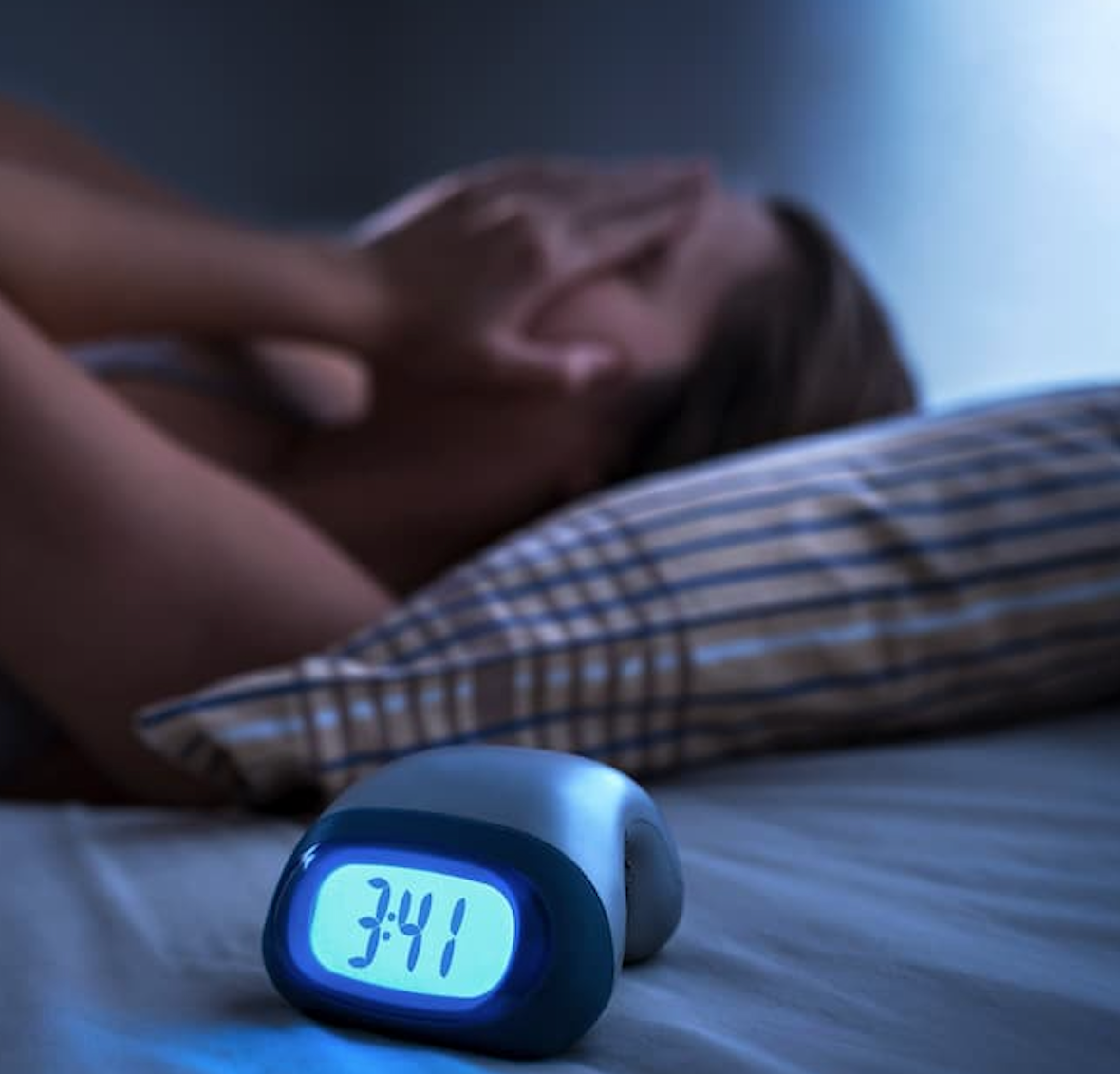Almost Half of Patients with Spondyloarthritis Reported Abnormal Sleep Behavior
Patients with unrestful sleep had significantly reduced health-related quality of life and significantly more depressive symptoms.
Many patients with spondyloarthritis (SpA) exhibit abnormal sleep behavior, including symptoms of insomnia, as well as a reduced quality of life (QoL) despite treatment, according to Rheumatic and Musculoskeletal Diseases.1 Additionally, female patients reported significantly worse sleep quality, a prolonged sleep latency, and increased sleep disturbances.
Credit: Adobe Stock/terovesalainen

Previous research has demonstrated poor sleep may have a profound effect on QoL and patients with SpA believe sleep improvement is a priority in their treatment goals. Poor sleep may also have an impact on reduced physical activity, which has been linked to worsening pain and increased disease activity. Factors such as pain, depression, anxiety, and low mood have been shown to influence poor sleep quality and sleep disturbances in this patient population.2
“Early awakening constitutes a hallmark of inflammatory back pain, and pain and stiffness are often implicated in poor sleep in patients with SpA,” wrote Natalie Frede, MD, Department of Rheumatology and Clinical Immunology, Medical Center, University of Freiburg, Germany, and colleagues. “In patients with psoriatic arthritis (PsA) sleep disturbances may be further aggravated by skin involvement with itchiness and pain. The pathophysiology of sleep disturbances in patients with SpA remains ill-defined and only few studies have investigated sleep behavior and associated factors in SpA.”
A cross-sectional questionnaire-based assessment evaluated sleep behavior, QoL, functional impairment, and depression to determine associated factors in patients with PsA and axial spondyloarthritis (axSpA) using the World Health Organization (WHO) Quality of Life questionnaire (WHOQOL-Bref), Beck Depression Inventory II (BDI-II), Patient health questionnaire 9 (Phq-9), Regensburg Insomnia Scale (RIS), and the Funktionsfragebogen Hannover questionnaire.
Results were combined with clinical data from a retrospective medical chart analysis of 330 patients with SpA. Diagnosis was confirmed and data including age, sex, disease duration, comorbidities, and body mass index (BMI) were collected.
In total, 168 patients with PsA and 162 patients with axSpA were included in the real-world monocentric study. Approximately half (55.5%, n = 183) were male and the mean age was 57.4 years in the PsA cohort and 49.0 years in the axSpA cohort (P <.001). The mean disease duration did not significantly differ between the PsA and axSpA groups (10.8 years vs 11.8 years, respectively).
Approximately half (46.6%) of patients with SpA reported abnormal sleep behavior. The linear regression models showed the Bath Ankylosing Spondylitis Disease Activity Index, functional capacity, disease duration, depressive symptoms, and Human leukocyte antigen B27 (HLA-B27) positivity were able to predict a variety of symptoms, including insomnia in the axSpA cohort, the Disease Activity Score 28 (DAS28) in the PsA cohort, and depression.
Female patients generally reported significantly worse sleep when compared with males (P <.001), were unable to sleep through the night (P = .014), felt unrefreshed in the morning (P <.001), and needed more time to fall asleep (P = .009). They also reported more depressive symptoms (P = .015) and had a significantly worse health-related QoL (HRQOL) when compared with men (P = .015)
Patients who exhibited unrestful sleep had significantly reduced HRQOL (P <.001) in addition to significantly more depressive symptoms (P <.001). Further, satisfaction with health was significantly lower in this patient population (P <.001), which indicated poor sleep was associated with a burden on general wellbeing.
“Awareness of these risk factors will assist physicians to monitor at-risk patients and identify those patients who will benefit from additional interventions,” investigators concluded. “An interdisciplinary and holistic approach may be needed to address unmet needs in the care of patients with PsA and axSpA.”
References
- Frede N, Rieger E, Lorenzetti R, et al. Sleep behaviour differs in women and men with psoriatic arthritis and axial spondyloarthritis with impact on quality of life and depressive symptoms. RMD Open. 2023;9(2):e002912. doi:10.1136/rmdopen-2022-002912
- Ward MM. Health-Related quality of life in ankylosing spondylitis: a survey of 175 patients. Arthritis & Rheumatism 1999;12:247–55.doi:10.1002/1529-0131(199908)12:4<247::AID-ART3>3.0.CO;2-H